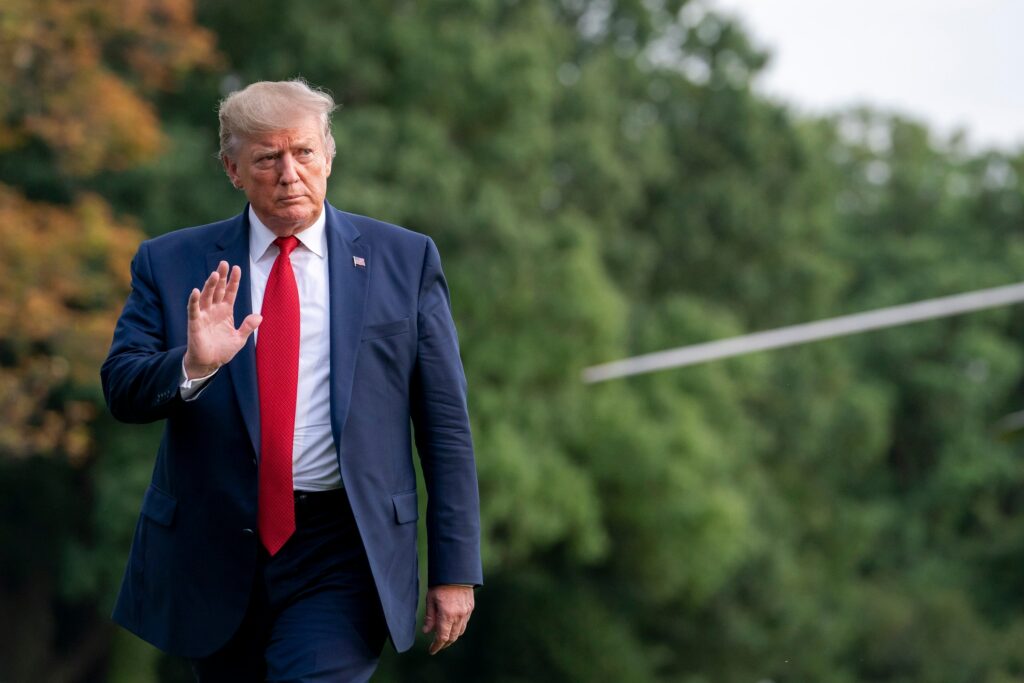A big court decision is shaking up the U.S. government’s global trade strategy. A group of states and small business owners recently won a case against the White House’s latest tariffs. This decision, made by the International Trade Court, is now raising serious legal questions. It could block or delay several of the administration’s major trade plans, including new tariffs set to begin in July and a wider 10% levy on most imports.
The case did not get much attention at first. Most eyes were on a separate lawsuit in California led by Governor Gavin Newsom. But the real shift in trade policy came from this quiet legal win. A veteran diplomat in Washington recently warned, “Watch the courts,” and now we understand why.
The court said the administration crossed a legal line. The U.S. Constitution says that Congress controls trade policy. This means the House and Senate must lead the way on tariffs. However, the executive branch bypassed this by declaring national emergencies as a way to impose tariffs. The court found this move went too far. Emergency powers can be used in rare cases, but not for long-term economic changes like this.
The ruling referred to history, even mentioning actions by former President Nixon and the original ideas in the Federalist Papers. These sources say that presidents cannot use emergency rules to take over regular trade decisions. The power to control imports is clearly a job for Congress.
Many of the government’s reasons for the tariffs did not hold up. One example was putting tariffs on countries like the United Kingdom, which has a trade surplus with the U.S., not a deficit. This made the economic reasons seem weak. Other tariffs tied to fentanyl concerns were also struck down, including those aimed at China, Canada, and Mexico. The court said these did not meet the legal tests for emergency action. The White House claimed the tariffs gave it leverage in deals. But the judges said that was not enough reason to allow such broad trade moves.
This legal loss is likely to affect other cases too. California’s lawsuit now looks stronger. It challenges many of the same moves. The Supreme Court may now get involved to decide once and for all how much power a president has in trade matters.
At the same time, the Treasury Department is having a hard time moving ahead with new trade talks. Treasury Secretary Scott Bessent has found that foreign leaders are growing cautious. The European Union and Japan, for example, have stepped back after watching the effects of these policies on U.S. markets. A rise in bond market swings and investor worries has made countries nervous about making deals with the U.S.
Inside the U.S., major resistance is also building. Retailers have warned that the tariffs will cause price hikes and shortages. Businesses are already feeling the pain. For example, MicroKits, a small firm in Virginia, said it may close soon because costs have become too high. In New York, a wine importer named VOS reported major financial stress from new port fees. Terry Cycling, another small company, said it has paid $25,000 already and expects to lose $250,000 this year due to tariffs. These stories were presented in court as evidence of harm. The court noted that the government failed to answer these concerns in any real way.
With the courts now stepping in, the administration’s tariff plans are on shaky ground. Some insiders even say that parts of the White House may welcome the legal pushback. It takes pressure off them by making it harder to move forward with unpopular policies. Even in Congress, support is fading. Lawmakers are worried about how these plans could hurt local jobs and raise costs for families. Some may now start working with global partners again, rather than following the executive branch’s lead.
Other countries may now try to pressure Congress directly. In the past, global powers like the EU have picked products that matter to key U.S. states to push for changes. These include things like bourbon from Kentucky, motorcycles from Wisconsin, and jeans from North Carolina. Similar tactics may return if the U.S. keeps pushing tariffs. Some insiders believe the government may now try using a different trade law—section 232—focused on national security. This could allow smaller, targeted tariffs instead of broad ones.
The question now is whether the administration wants to risk a fight in Congress over ideas the courts have already rejected. The legal defeat has created doubt, both at home and abroad. Trade leaders across the world are watching closely. For now, many of them are putting talks on hold, waiting to see if the U.S. can get its trade strategy back on track.


